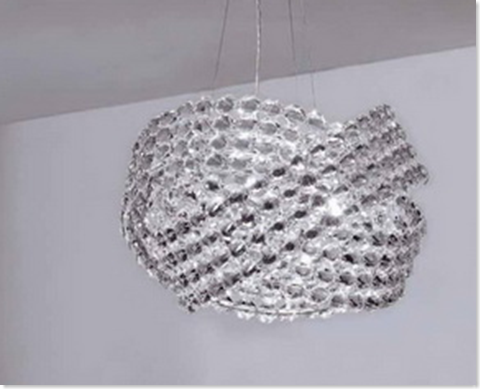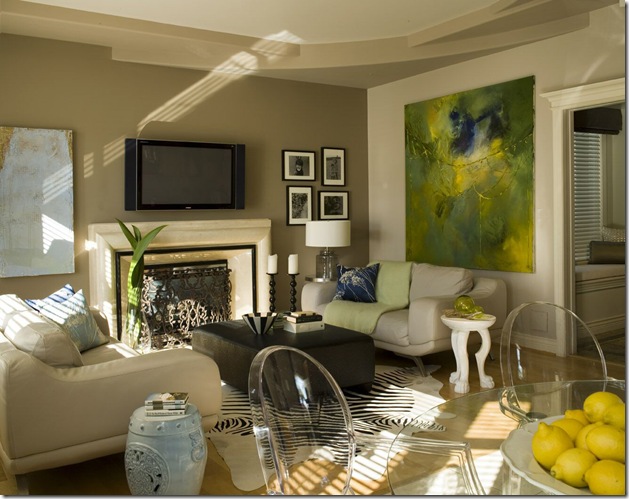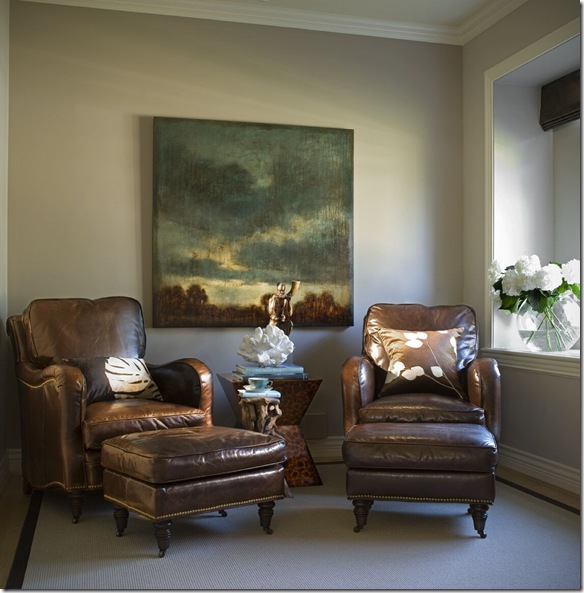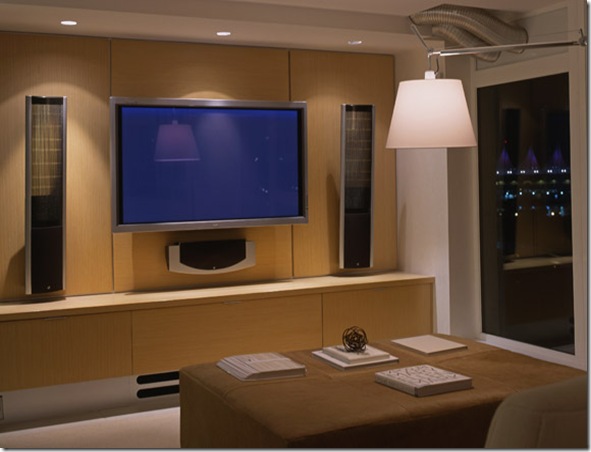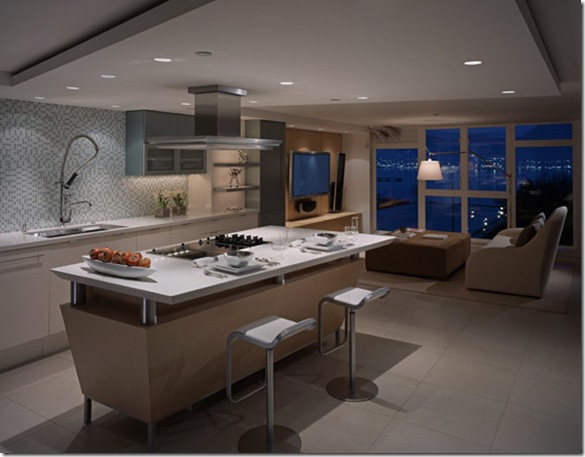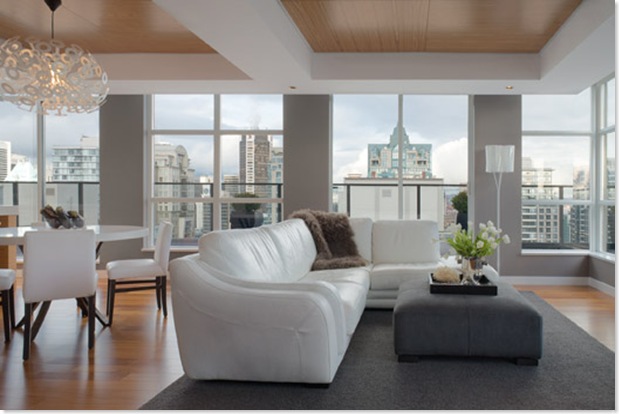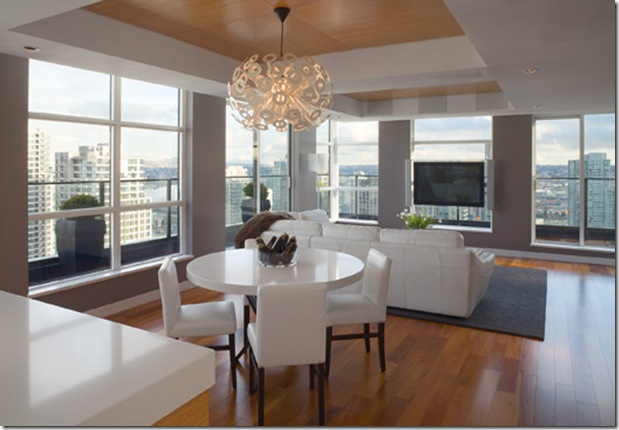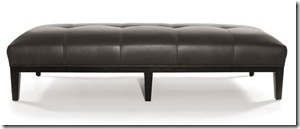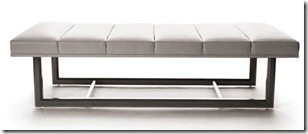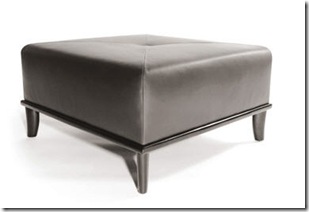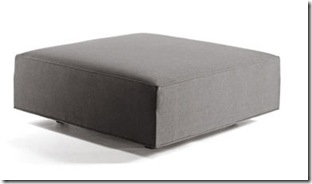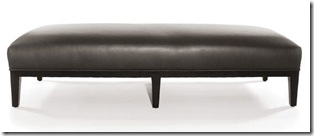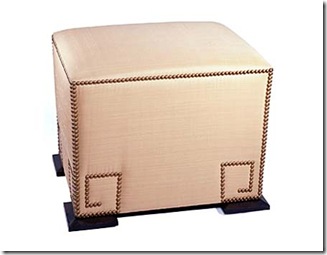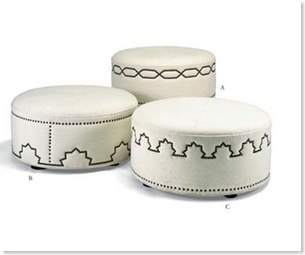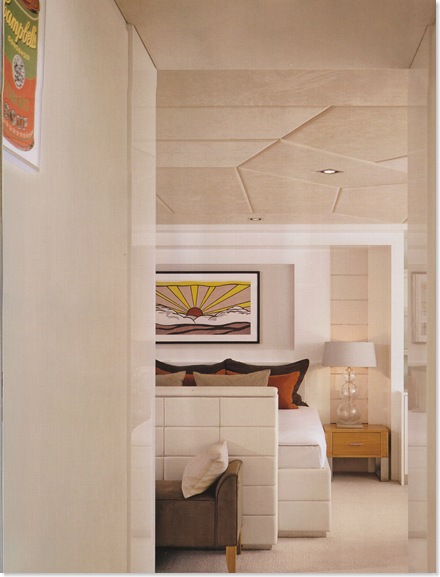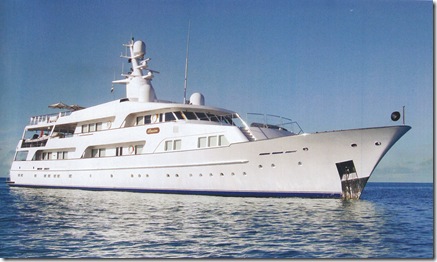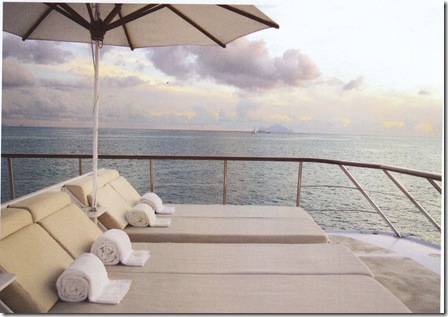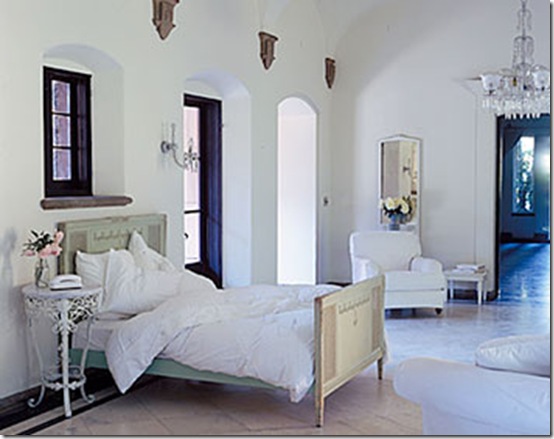
It's official, I am going to be studying at the renowned University of Architecture in Ferrara Italy for the month of July 2008!!! This University is situated in the Medieval walled city of Ferrara and has been the top ranked University of Architecture in Italy for 8 consecutive years. The University of Ferrara was founded in 1391, and that makes it one of the oldest Universities. I feel very honored and privileged to be studying at this facility under the tutorage of top Italian Professors in the "Facolta di Architettura di Ferrara".


Location of Ferrara in Italy This is a map of Ferrara and you can see the
outlines of the wall around the city.
Ferrara is a city in Emilia-Romagna, northern Italy. It is situated 50 km north-northeast of Bologna, on the Po di Volano, a branch channel of the main stream of the Po River. The town has broad streets and numerous palaces dating from the 14th & 15th century. It is a walled Renaissance city, surrounded by 9 kilometers of ancient red brick walls. For its beauty and cultural importance it has been qualified by UNESCO as World Heritage Site. Ferrara is a "bike city". When I arrive, I am given a bike to ride back and forth between campus and the Residence. It is apparently a 10 minute bike ride. Very European and very energy efficient, as well as good exercise.


The city walls and one of the gates into the City of Ferrara Ferrara is a bicycle city--as you can see from
in front of the train station.
photos James Martin
I will be taking two courses juring the month of July:

The Faculty of Architecture building
The first course is 19th - 21st Century Design
History of Italian Architecture, Interiors, Furniture & Graphic Design
Taught by Prof.ssa Dr. Giulia CERIANI SEBREGONDI
My text books for this course are two "Bibles" of 20th Century Architecture and Furniture Design


20th Century Furniture Design Modern Architecture Since 1900 by William Curtis
by Klaus-Jurgen Sembach The front cover is Ludwig Mies van der Rohe
Brick Villa Project, plan, 1923
2. My second course is Sketching and consists of three nodules
Module 01 taught by Prof. Mario MANGANARO
- Proportioning an drawing plans and elevations
- Direct perspective and exercises on representing elementary volumes
- Field exercises
- Examples of travel sketches (Rome, Venice, Naples, Palermo)
- Field Exercises

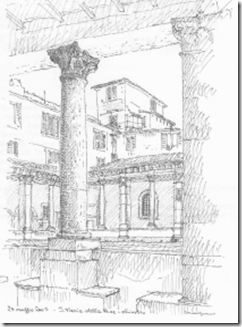
Module 02 taught by Prof. Salvatore SANTUCCIO
- Part One: a theoretical lecture focused on sketching history in recent architecture from the experiences of Le Corbusier in the Middle East and Delacroix in Maroc
- Part Two: "on site" sketching in the city centre of Ferrara. At the end of class students should have a rich sketch book with some different drawings of Ferrara to show on final examination.


Module 03 taught by prof.ssa Carolina CAPITANIO
- Tools and methods for a sketching survey to highlight the major elements of an architectural text
Consists of 3 lectures on developing the sketching survey through:
The rules of classic architecture
The rules of modern Architecture
The interiors survey
The building survey
The townscape survey
The landscape survey


As well as having classes on campus we have 3 field trips planned in Florence, Rome, Venice, and Milan.
I can hardly wait as I have never been to Florence, Rome or Milan. And what makes it even more interesting to me is that instead of studying Antiquity, we will be visiting 20th Century Architectural sites. I will have an extra free day in each of these cities so of course I will visit the museums and Historical sites.
Stay tuned and I will fill you in on my adventures in these four Cities
I love this quote by Mark Twain:
Twenty years from now you will be more disappointed by the things you didn't do than by the ones you did do. So throw off the bowlines. Sail away from the safe harbor. Catch the trade winds in your sails. Explore.
Dream. Discover.








